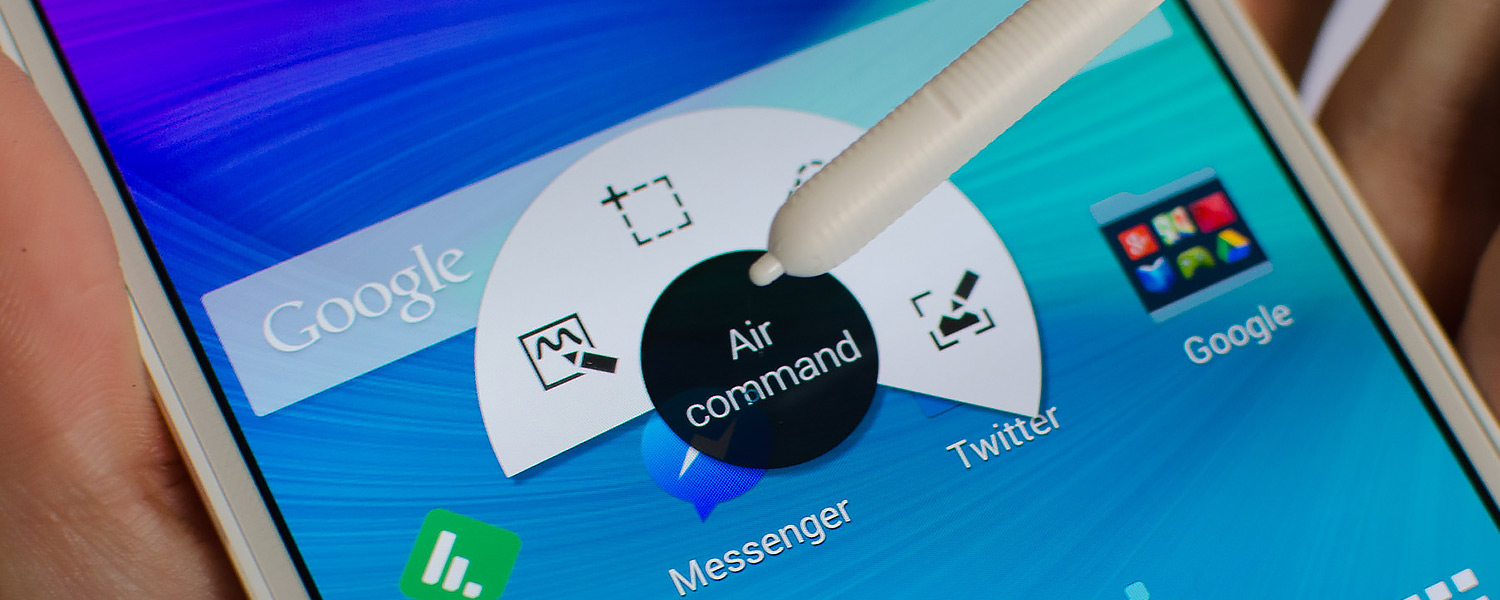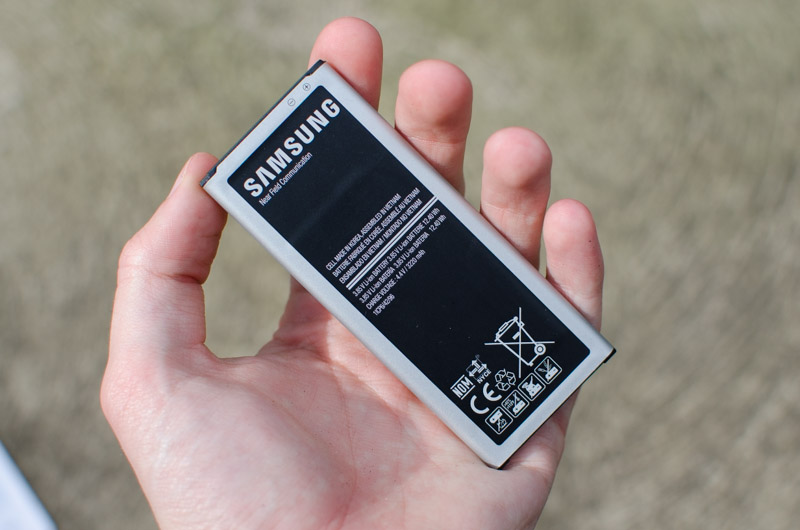Battery Life
Underneath the Galaxy Note 4's rear cover is a 3,220 mAh battery running at 3.85 V, delivering a total capacity of 12.4 Wh. This is a slight upgrade on the Galaxy Note 3's battery (12.1 Wh), which isn't surprising considering both devices have the same sized display. Although the resolution has increased, which in turn requires more processing power, this will likely be offset by efficiency improvements in each SoC.
For the following benchmarks I only had access to the Exynos model of the Galaxy Note 4. While these results will give a decent overview of how the Exynos Note 4 fares in terms of battery life, they won't necessarily give a good representation of mileage on the Snapdragon model. For the Note 3 and S5, for example, the Snapdragon model gave a few hours of extra life compared to the Exynos model. I'll have to get longer hands-on time with a Snapdragon Note 4 before I can conclude which model delivers the best battery life.
One thing that should be noted for the Exynos variant is that this is the first smartphone SoC I've reviewed that's manufactured using a 20nm process. Previous Exynos devices, such as the Galaxy S5 G900H and Galaxy Note 3 SM-N900, had 28nm SoCs inside, meaning the Note 4 should see efficiency gains from moving to a smaller process node.
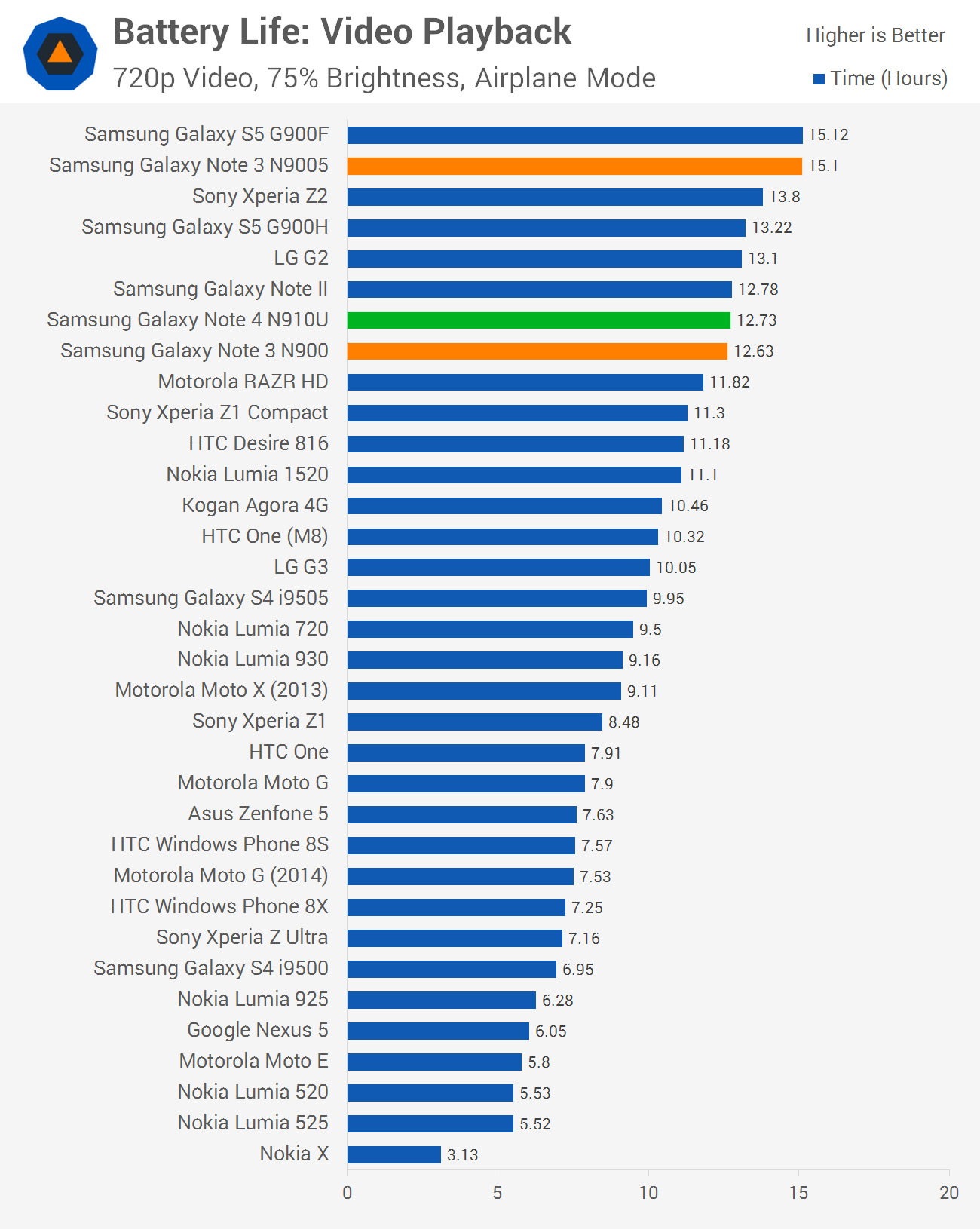
For video playback, the Note 4 Exynos variant lasts for just as long as the Note 3's Exynos variant. This indicates that any efficiency gains in the new SoC's decoding block have been offset by losses in other areas, potentially the higher-resolution display.

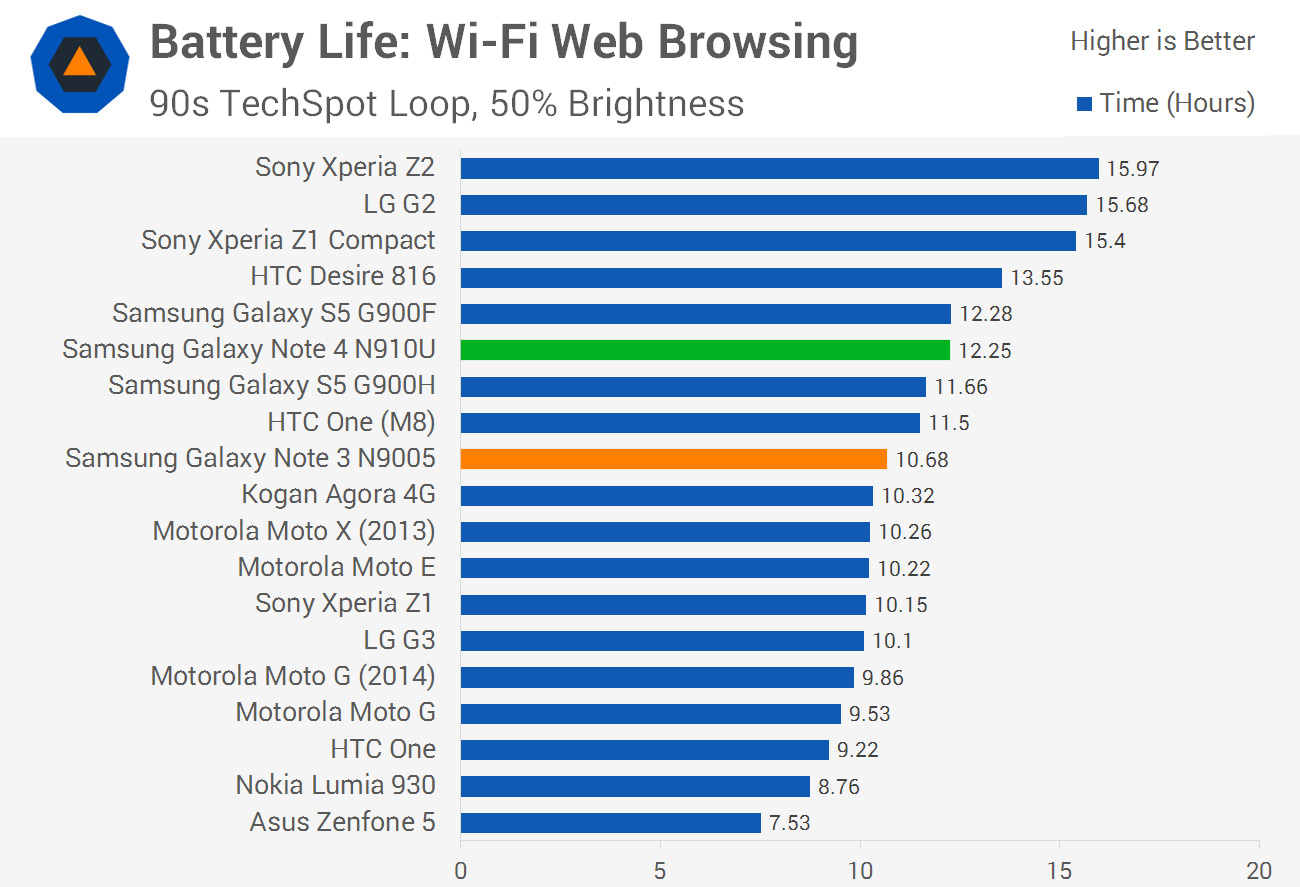
In our web browsing tests the Exynos Galaxy Note 4 performs surprisingly well. In both Wi-Fi and LTE situations this Note 4 variant outperformed the Snapdragon Note 3, which already produced decent battery life. Having competitive battery life is a significant step forward for Samsung's silicon division, though I'll have to see how it performs against the Snapdragon 805 model at a later date.
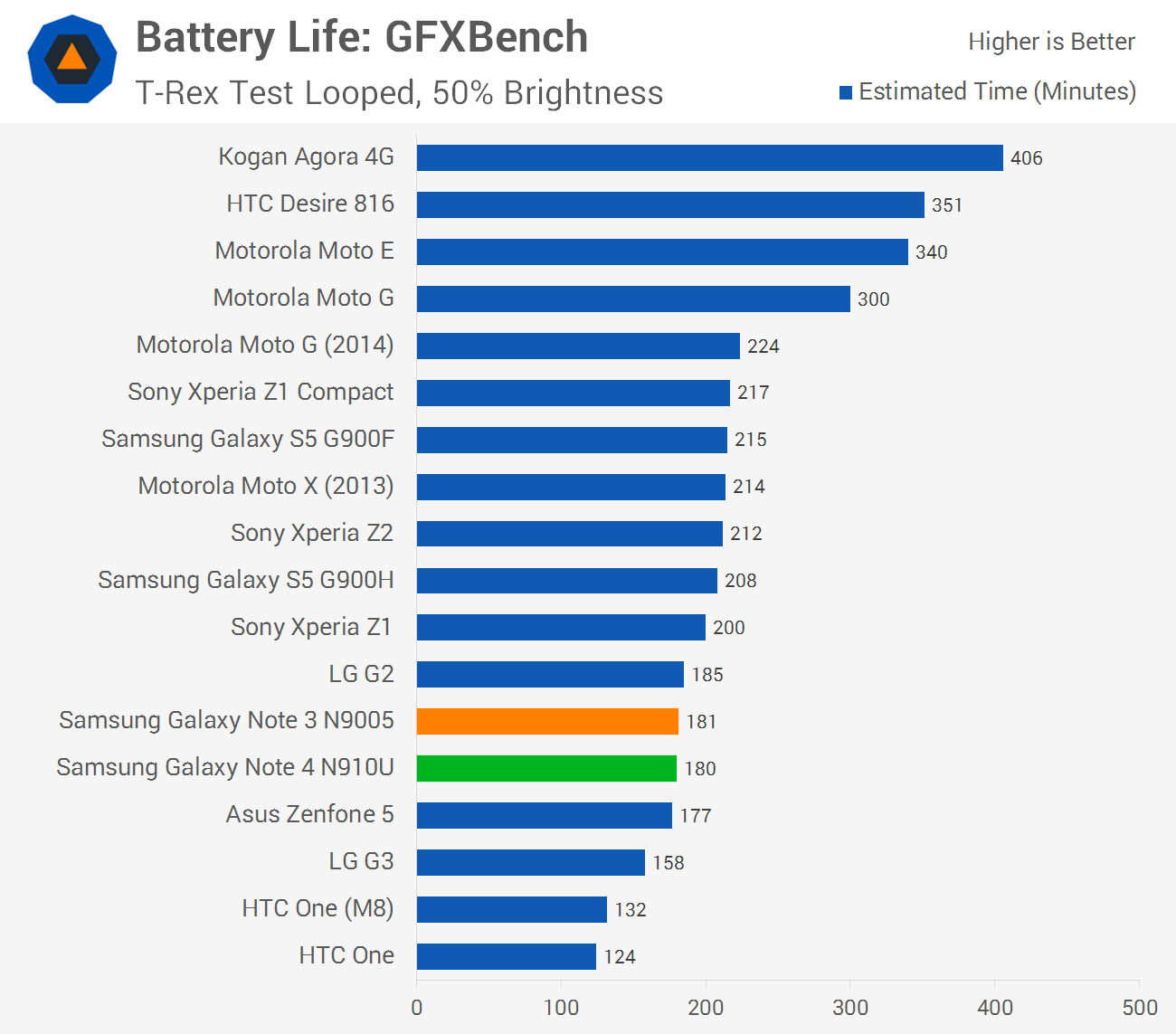
In GFXBench the Note 4 lasts just as long as the Note 3, but less time than both S5 variants. This is even with throttling that takes affect after five minutes into the run.

Both variants of the Galaxy Note 4 support quick charging, which is activated by plugging the device into a compatible charger (such as the one included in the box). In the above chart I've compared results for quick charging and standard charging through a 10 W wall charger, with both providing acceptable charge times.
Naturally quick charge is a superior charging method, so whenever you have the chance you should charge the Note 4 using the included wall charger.
The Galaxy Note 4 comes with several power saving modes: a standard one that restricts performance and background data, and what Samsung calls 'ultra power saving mode'. When this mode is activated, the display switches to black and white, all connectivity features are disabled when the screen is off, and a limited subset of applications can be accessed. Although the phone's features are limited in ultra power saving mode, it's very effective at prolonging life when the battery gets low.
